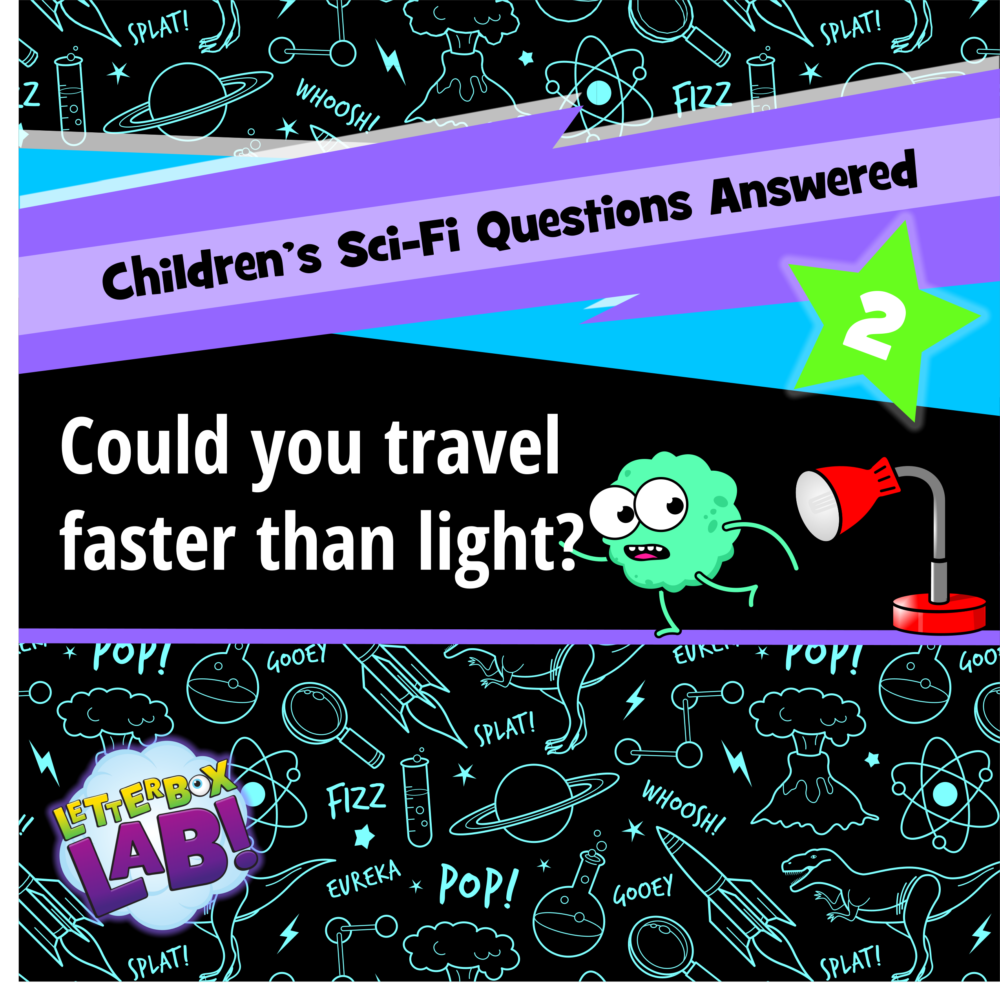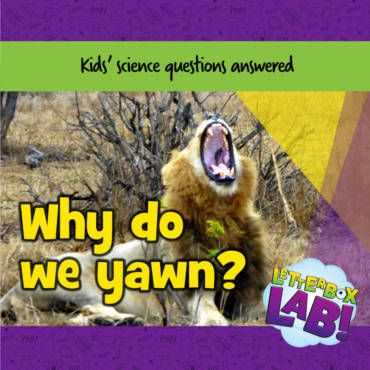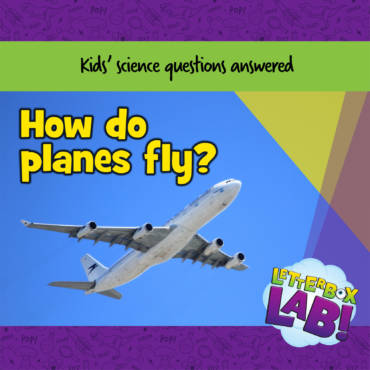Our kids’ science questions blog series is getting a science fiction flavour again as we consider is it possible to travel faster than light.
In many science fiction shows and films travelling across the Galaxy to distant stars and planets is a quick and simple trip. These shows open our minds to the incredible possibilities that interstellar travel could open up and make us wonder would it ever be possible to travel out to the stars?
The closest star to us (except the Sun) is just over 4 light years away and some of the stars we can see in the night sky are hundreds of light years away. To be able to get to them without our crew getting old or we are going to need to find a way of breaking what is sometimes called the Universe’s speed limit: the speed of light or 300,000 kilometres per second.
The fastest object ever built by humans is the New Horizons space probe which managed 16km per second. This is fast by Earth standards, London to New York in 6 minutes! But it would take it about 80,000 years to get 4 light years away. This, clearly, will not do.
What if we had really big rockets?
If we pointed something towards a star with a really powerful rocket engine that would keep running long enough then it makes sense that it will keep accelerating towards the speed of light and beyond it. We just need better engines right? Unfortunately for our would-be space explorers the Universe does not always make sense.
Albert says no!
Einstein worked out that the faster something is going the heavier it becomes. We don’t notice this effect on Earth, even if you have a really fast car. But anything travelling anywhere close to the speed of light will experience an increase in mass. This is because more speed means more energy, more energy means more mass. The more mass something has the harder it is to accelerate it.
This all means that the faster you go the harder it is to go faster. When you’re going really fast, like close to the speed of light, it’s really really hard to go faster. Eventually, it gets impossible to go faster no matter how powerful your rockets are. The Universe has rules and one of them is you shall not go faster than light.
Rules are made to be broken and space is made to be bent
Science fiction writers have long been aware of this problem and have come up with terms like warp speed, hyper space and subspace. These imaginary technologies bend the rules to reduce the time it takes to travel great distances not by making the space ships go faster but by making the distances shorter. They create a shortcut by bending the fabric of space. Within the shortcut you are not travelling faster than light but it gets you to your destination as if you had.
Are these technologies purely science fiction? Physicists have come up with theories on how we could create shortcuts in space to travel to the stars. The problem, again, is energy. Bending the fabric of space and time takes quite a lot of energy, like loads, maybe more energy than the Universe has, maybe a bit less. There’s still a lot to discover about how Universe works and it is possible that there is some little quirk of physics out there just waiting to be discovered that could allow us to travel to the stars.
Humans have not yet traveled further than the Moon so there is plenty of space to explore within the Solar System while we’re waiting for someone to find out how to get us further.
Letterbox Lab will be celebrating Star Wars day 2017 with 10% off all our incredible science kits. Keep an eye on our website and social media accounts for the announcement.




Add Comment